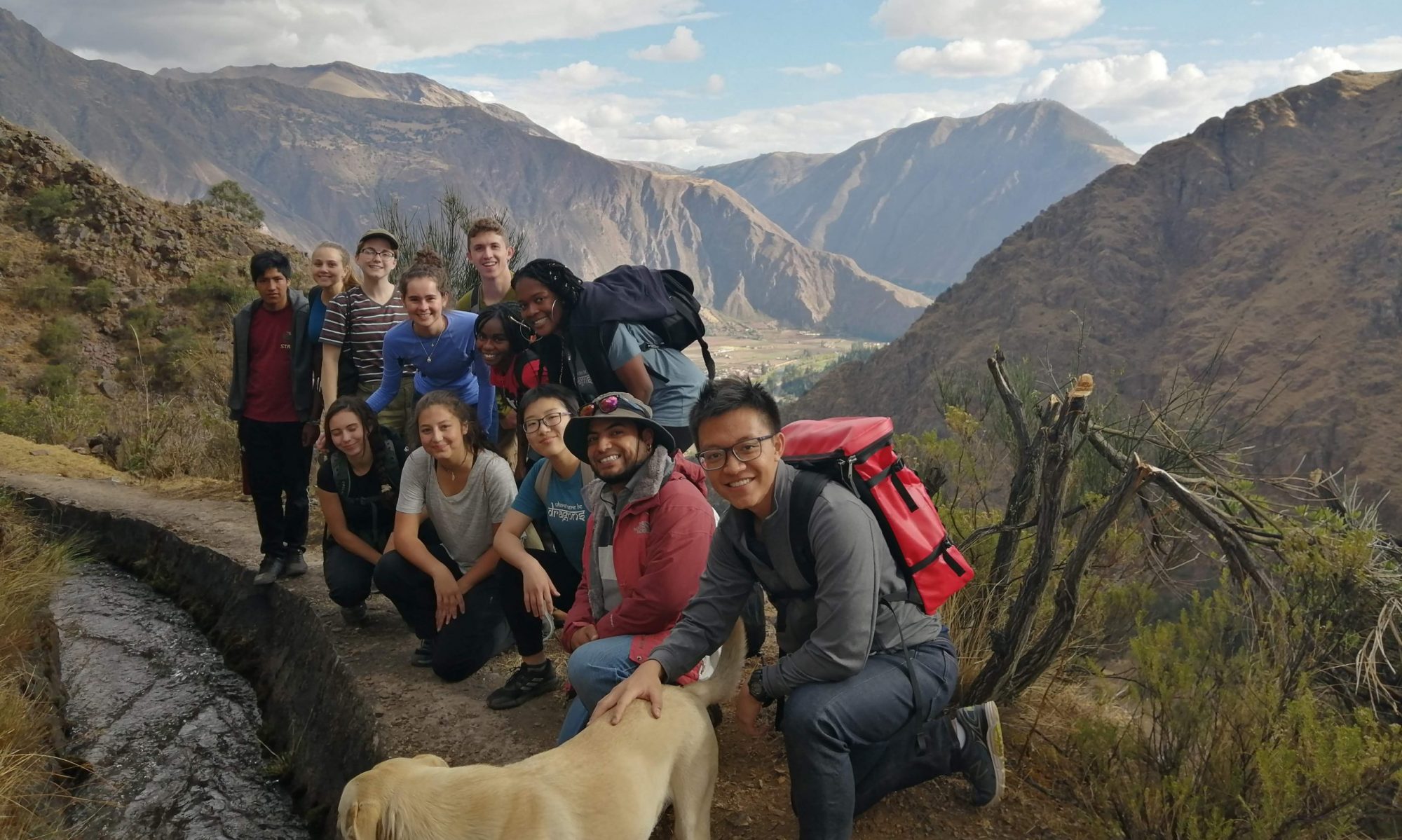
By: Paloma Delgado
Today was another lovely but busy day as we explored the city of Rabat before making our way to Casablanca in the evening. We started our morning off by heading over to a part of the city we had yet to visit, Souissi. The Soussi neighborhood exemplified the tranquil, administrative image of Rabat, a gated community filled with government buildings, embassies and educational institutions. We made our way over early in the morning in a Careem ride – the equivalent of Uber – for our meeting at the International Organization for Migration (IOM).
Upon our arrival, we were immediately struck by a line of individuals standing outside the gate of the building — women holding small children, groups of young men sitting on the side of the curb, families chatting amongst themselves. As we entered the gates of the organization, an official escorting us informed us that the people standing outside the gates were migrants seeking access to IOM’s voluntary return and reintegration services. In other words, humanitarian, administrative, logistical, and financial support for migrants who decide to return to their countries of origin. We were led to an outdoor courtyard where we met with a national project officer for the IOM. They explained to us their own role at the organization, the services offered to regular and irregular migrants seeking assistance in Morocco, and the initiatives IOM is spearheading in other cities in Morocco, such as Tangier and Casablanca. As a migration specialist, they explained their fieldwork in Oujda, a city in the northeast of Morocco near the Algerian border, where they worked on the ground to provide aid to migrants crossing the border from Algeria into Morocco. They now work more in the policy and data side of migration in Rabat, supporting efforts to include migration identifiers on the Census for 2024.
Later in the afternoon, we made our way back to the Quartier de L’Ocean to meet with two officials from Association Lumière sur l’Émigration Clandestine au Maghreb (Light on Irregular Migration in the Maghreb Association, or ALECMA). We found ourselves wandering multiple streets and alleys before coming across someone waving us down on a street corner. We made our way through multiple doors and staircases before arriving at multiple offices situated on a roof-like terrace. Both officials from ALECMA explained the focus of the grassroots organization, which advocates for the needs of sub-Saharan African migrants in Morocco. It was fascinating to hear about their work, specifically in relation to combating the racism that sub-Saharan Africans face along their journey to Morocco as well as upon their arrival and integration in Moroccan society. As immigrants from other countries in Sub-Saharan Africa, both officials were highly attuned to the obstacles that migrants arriving from this region confront as well as transparent about the shortcomings of international organizations in Rabat that purport to provide their services in an equal and effective manner.
Our last meeting of the day was in the Hassan neighborhood with a migration consultant we had contacted several months earlier. We were welcomed into their home and enjoyed mint tea and cookies in their backyard, alongside their fluffy black cat who basked in the sun. They explained their work advising different organizations and international agencies on migration and gender phenomena, and delved into their more recent work at the crossroads of climate-change and migration. As a national of France, it was interesting to hear about their time working within their home country before becoming specialized in the Maghreb region.
We immediately made our way back to the hotel to grab our bags before heading to the train station. It only took us a little over an hour before we arrived at the city center of Casablanca. Quickly dropping off our bags at the Airbnb, we walked to the Old Medina for a late dinner at La Sqala – enjoying some much needed tajine after a day full of activity.
